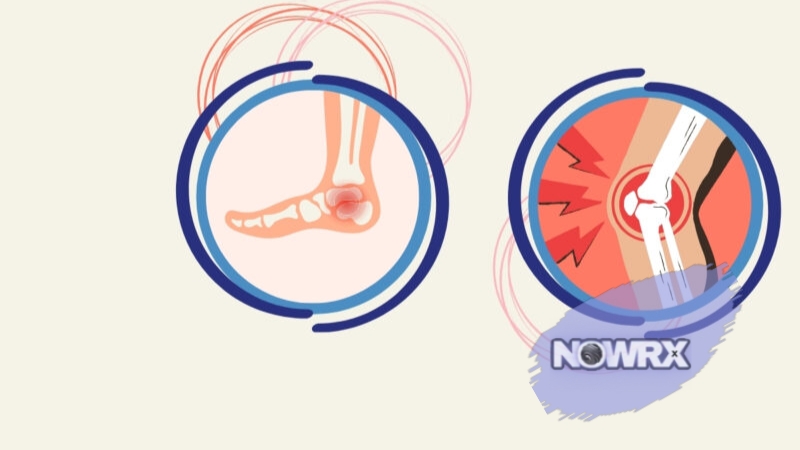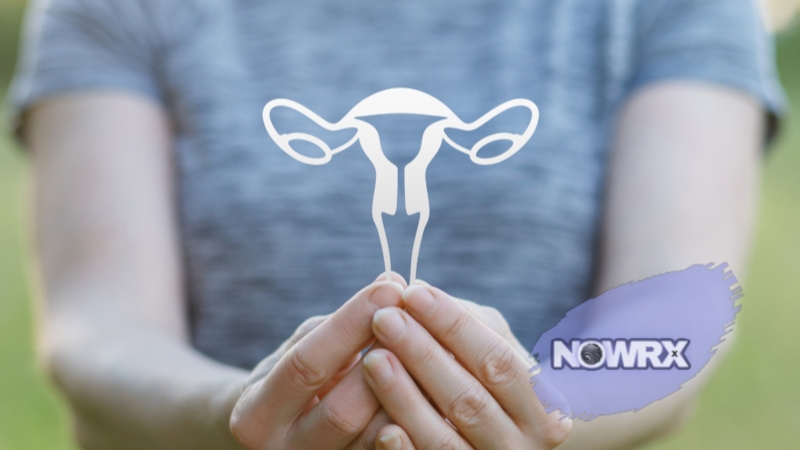Rheumatoid Arthritis, or RA, is a painful condition that affects the joints. With an autoimmune disease, such as RA, the body’s immune system attacks healthy cells. In this case, it attacks cells at the joints and causes inflammation.
There are four stages of rheumatoid arthritis. At first, inflammation leads to joint swelling, stiffness, and pain.
As the disease progresses, it damages the joint tissues until there is no tissue left. But with modern treatment options, the progression into later stages is avoidable.
What are the 4 stages of rheumatoid arthritis and how is it diagnosed? We’ll go through all of these so you can catch RA early.

What Should We Know About These Stages?
There are four stages of RA, which escalate from minor to severe. If you don’t have symptoms but are at risk of developing rheumatoid arthritis, there are ways to help prevent its onset.
1. Synovitis
The first stage is known as synovitis. This is when you might start to experience swelling or pain in the joints of your hands, knees, ankles, or feet. You may not experience this pain all of the time, though. Pay close attention to how you feel first thing in the morning as this is typically when the pain and stiffness are most prevalent.
Medications like DMARDs are considered useful in treating this stage.
According to a report by Open Rheumatol J[1]:
“Mechanisms sustaining RA synovitis include resident mesenchymal cells’ engagement and the establishment of ectopic lymphoid structures in the synovium.”
2. Pannus
The second stage consists of symptoms that are more noticeable and the condition may be easier to diagnose. The joints will begin to swell and antibodies may show up in blood tests. This is usually the time when most patients seek a rheumatologist.
Persistent inflammation of the synovial membrane and formation of invasive synovial tissue (pannus) lead to joint destruction in RA, according to a J Ultrason report from 2012[2].
As inflammation continues, the tissue will continue to wear away, and the disease will progress to stage three.
3. Fibrous Ankylosis
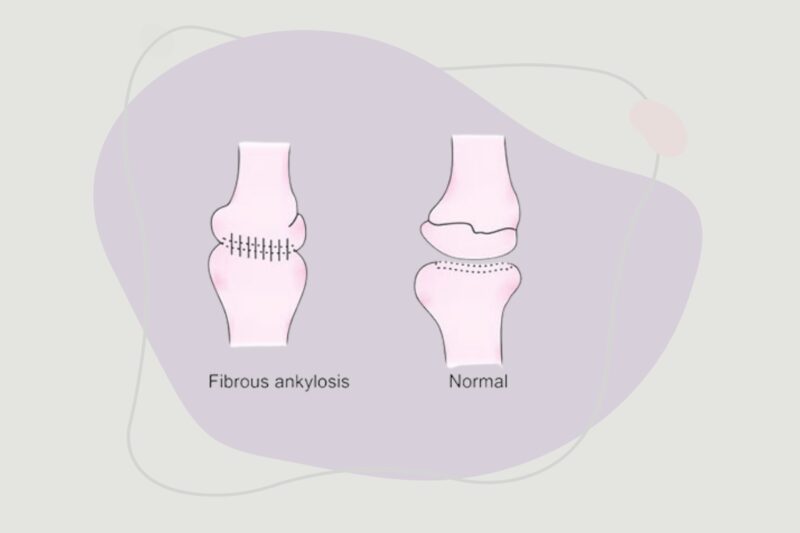
During stage three , the joint tissue will continue to disintegrate. The bones where the joints once were will rub against one another and begin to fuse.
When this occurs, movement becomes less possible and more painful. Thus, symptoms will be quite severe.
Severely limited mouth-opening capacity is one of the examples[3] of what is to be expected during this stage.
Not only general movement be extremely limited, but the joints will appear misshapen.
In the third stage, surgical treatment is often the only treatment option, but in some cases, physical therapy can have a positive effect on patient’s quality of life.
4. Bony Ankylosis
In the final, fourth stage, the bones completely fuse and the joints are no more.
With the absence of joints, pain is absent as well. As you might expect, the range of motion in affected joints is zero.
For affected finger joints, the fourth stage can make it extremely difficult to perform simple tasks.
“There’s no joint remaining at all and the joint is essentially fused.”- Dr. Rajat Bhaat, MD
What are the Early Signs?
If you seek treatment when you begin to notice the early signs of rheumatoid arthritis, you can prevent its progression and loss of movement in the future.
According to a report by Caspian J Intern Med[4], the early stage of the condition is defined within the first 3 months.
- Joint stiffness
- Swollen joints
- Fatigue
- Loss of an appetite
- Fever
These symptoms usually occur at multiple joints at the same time.
On the other hand, recognizing these symptoms can be a little bit tricky, for several reasons.
Another study, conducted by RMD Open[5], clearly states the following:
“Musculoskeletal symptoms, particularly in the shoulders, wrists, fingers, and knees, were significantly more frequent in patients later diagnosed with inflammatory arthritis (IA) within the final 1.5 years before diagnosis.”
If the disease progresses without intervention, though, RA could permanently damage joints.
What Does It Feel Like?
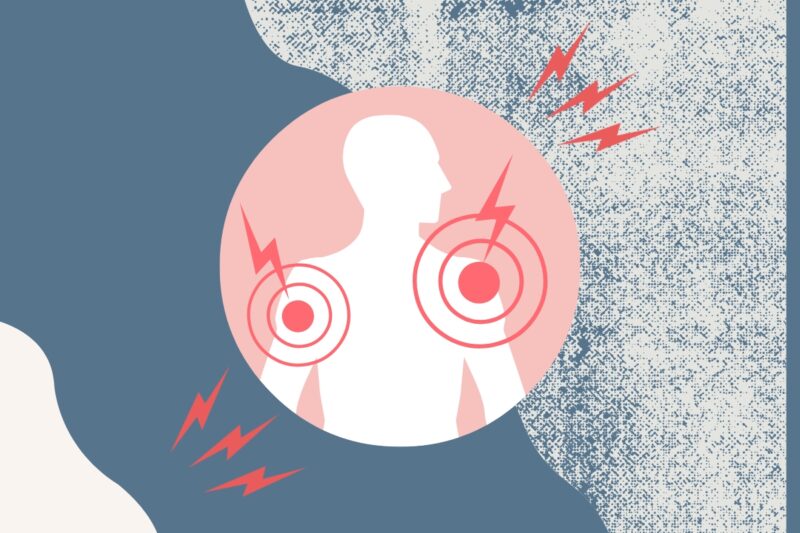
Joint pain is not abnormal. Many people experience pain in their joints now and then with age and after rigorous exercise or activity.
Joint pain can also be a symptom of other types of arthritis, such as psoriatic arthritis. With RA, though, the pain tends to be symmetrical and tends to affect smaller joints.
For instance, one might experience pain in the fingers on both hands or in both the right and left ankles. In the early stages, pain and stiffness also tend to be most prominent upon waking and may fade with movement.
In later stages, joint pain becomes much more severe.
Unusual Symptoms
Most people experience the usual stiffness and swelling, but there are some unusual symptoms of rheumatoid arthritis. These include a skin rash, eye pain, and difficulty breathing.
These symptoms are signs of inflammation elsewhere in the body. People may also get rheumatoid nodules, which are lumps on the elbows.
How is Diagnosed?
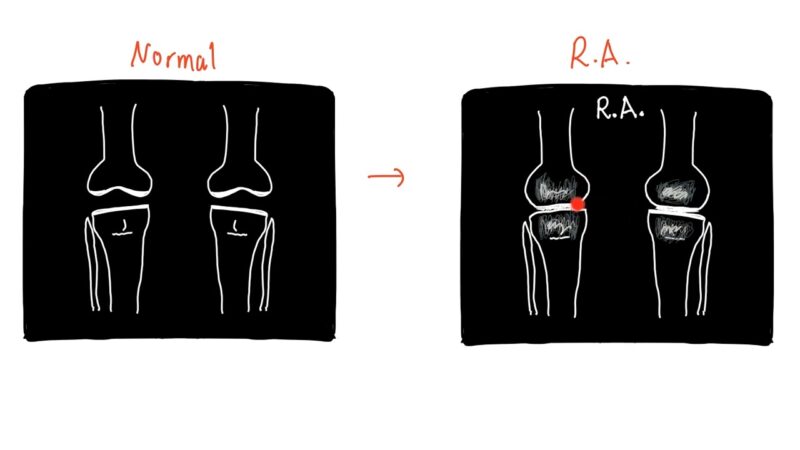 Rheumatoid arthritis is diagnosed with the help of a rheumatologist—a specialist. The specialist will run tests, perform x-rays and ultrasounds, and discuss symptoms to diagnose RA. After diagnosing the condition and stage, they can also provide treatment plans.
Rheumatoid arthritis is diagnosed with the help of a rheumatologist—a specialist. The specialist will run tests, perform x-rays and ultrasounds, and discuss symptoms to diagnose RA. After diagnosing the condition and stage, they can also provide treatment plans.
There are several laboratory tests that help diagnosing RA:
- Rheumatoid factor (RF)
- Anti-cyclic citrullinated peptide antibody (anti-CCP)
- Complete blood count
- Erythrocyte sedimentation rate
- C-reactive protein.
When it comes to the methods, there are main two that are utilized:
- Ultra sound
- Magnetic resonance imaging (MRI)
Is Rheumatoid Arthritis Genetic?
According to CDC, people with specific genes are indeed more likely to develop RA. These genes are called HLA class II genotypes.
But lifestyle factors also play an important role. For instance, a person with the genes who smokes or is obese is more at risk than someone with the genes who maintains a healthier lifestyle.
Final Thoughts
Recognizing the early signs of RA and seeking prompt medical attention can significantly improve the quality of life for those affected. Early intervention is key to managing symptoms and preventing severe joint damage.
This is why early discovery of the condition is an absolute must, which means that individuals should visit the local specialist’s office for frequent tests.
References:
1. Open Rheumatol J: The Synovium in Rheumatoid Arthritis – https://www.ncbi.nlm.nih.gov/pmc/articles/PMC3263474/
2. J Ultrason: The pathogenesis of rheumatoid arthritis in radiological studies. Part I: Formation of inflammatory infiltrates within the synovial membrane – https://www.ncbi.nlm.nih.gov/pmc/articles/PMC4579739/
3. Bilateral asymptomatic fibrous-ankylosis of the temporomandibular joint associated with rheumatoid arthritis: a case report – https://www.scielo.br/j/bdj/a/6d6T9SPjwrynwQQZ4M5qhFS/?lang=en
4. Caspian J Intern Med: Rheumatoid Arthritis: Early diagnosis and treatment outcomes – https://www.ncbi.nlm.nih.gov/pmc/articles/PMC3766928/
5. RMD Open: Increased primary care use for musculoskeletal symptoms, infections and comorbidities in the years before the diagnosis of inflammatory arthritis – https://rmdopen.bmj.com/content/6/2/e001163
Drake Holloway, 45, is a pharmacist and freelance blog writer for NowRx.com. He uses his professional background to provide information and opinions on diverse subjects to those seeking guidance.

